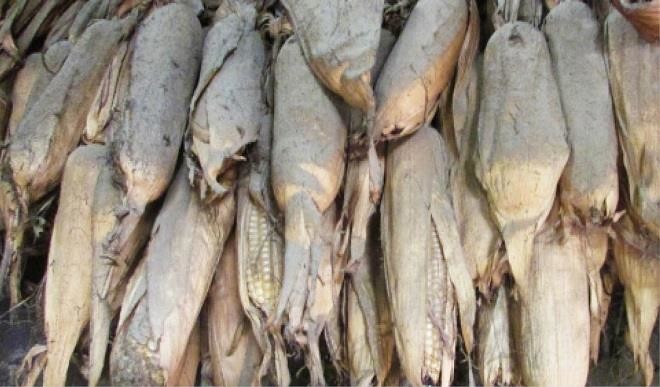Setting up your farm for maize production
Maize one of the most sought after crops in Nigeria can be grown in most parts of the country. It does especially well in areas with medium amount of rainfall of between 800mm and 1100mm per annum. However, improved varieties like the drought tolerant maize (DTM) and QPM are able to tolerate lower amounts of […]


Maize one of the most sought after crops in Nigeria can be grown in most parts of the country. It does especially well in areas with medium amount of rainfall of between 800mm and 1100mm per annum.
However, improved varieties like the drought tolerant maize (DTM) and QPM are able to tolerate lower amounts of rainfall and harsher weather conditions found in the northernmost part of the country.
A former programme officer with the International Fund for Agricultural Development (IFAD), who is also a current director at the Ministry of Agriculture, Katsina State, Alhaji Kabir R. Charanchi, has said, for one aiming to go into maize production, land clearing is location specific. However, the effort one puts in land clearing in the northern part of the country cannot be compared to that of the eastern or southern parts of the country.
He outlined two basic methods adopted in land clearing; cultural method where simple farm tools like hoes, cutlasses and machetes are used for land clearing and the mechanical method which uses machines like tractors and caterpillars depending on the vegetation of the area.
Charanchi said once a farm has been cleared, the residues are collected and burnt which has both advantages and disadvantages.
“In areas where you burn to increase fertility to the soil, invariably you are also burning some of the micro nutrients, micro organisms and termites that are very useful to soil formation and aeration of the soil,” he said, adding that burning is greatly discouraged in order not to destroy the ecosystem of the area.
The former IFAD programmeofficer further disclosed that a farmer needed to take into
cognisance the onset of the rain before commencement of land clearing, adding that in the southern part it may begin from January/February while in the northernmost part it may be around April/ May.
He also explained that the ideal time for planting of maize is when the rain is fully established which is around April/ May in the south while up north it could be around June/July.
“It is always a risk to plant when there is no adequate rain,” Charanchi warned, and advised that only people with large farms should employ mechanical labour to save cost through manual labour.
“I am a practicing farmer. I plant assorted crops on my farms and each land holding does not exceed 1.2 hectares, so the best option for me is the cultural method, because hiring a tractor per hectare would be difficult.
“After land clearing, you go into land preparation, the soil should be harrowed so that it would be tilted and carry a lot of moisture, and then you should make the ridges for planting,” he said.
He further explained that areas that have sandy soil practice zero tillage because the soil cannot be used to make ridges.
Charanchi stated that although the commonest planting is the single row, on the middle of the ridge, a yet to be released research has showed that double row planting of maize on the same ridge guaranteed increase in yield.
Similarly, he revealed that up to 7 tonnes per hectare of maize yield is achievable under the ‘sasakawa’ recommended spacing, which used one seed per hole with closer spacing than the conventional spacing.
A maize farmer, Emma Mamuda, said he paid up to N5,000 for land clearing of his 1.7hectares farm and that ridging of the farm could cost up to N10,000 if he hired five labourers.
Another farmer, Jonah Magaji, who plans to go into maize production this year, said he has a virgin piece of land of about 1.5hectares which could take up to four days to complete clearing by 10 labourers.
Magaji also plans on planting improved variety of maize because it tolerates closer spacing and with adequate fertiliser application, he should be able to get higher yield.
